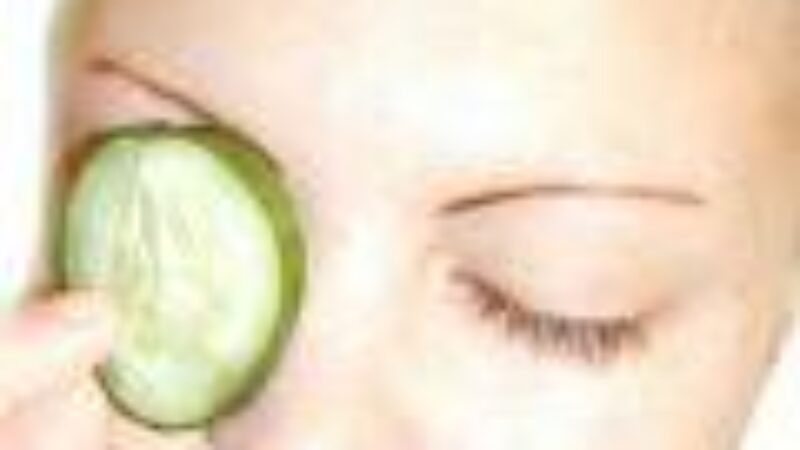Microdermabrasion is a popular cosmetic procedure in which the stratum corneum (skin’s uppermost layer of dead skin cells) is removed by light abrasive activity. Originally performed in Europe during the 1980s, it’s a widely performed procedure in spas or doctor’s offices to deliver smoother and more evenly toned and textured skin. The procedure is most often performed on the face, neck, arms or hands.
What Can Microdermabrasion Do?
Microdermabrasion has been found to be effective in a range of skin conditions including:
- Hyperpigmentation such as age spots
- Uneven skin tone or texture post laser
- Dull skin associated with aging
- Fine lines (but not deep wrinkles)
- Keratosis Pilaris to allow topical treatments easier penetration
- Removal of blackheads and cleaner pores
- Some scars (including some acne scars)
- Some stretch marks
There have been claims that microdermabrasion can increase the production of collagen and elastin fibers in the skin, but the evidence for this at present is minimal.
How Is Microdermabrasion Performed
The exfoliation procedure uses tiny crystals, fine particles or implements with a roughened surface, which are blown onto the skin and then removed with a vacuum like device.
Microdermabrasion is most effective as a series of treatments as a single treatment is usually not enough to deliver noticeable results. Treatments can be repeated every 1 to 2 weeks for a period of 2 to 4 months and the results can be significant. An important advantage of this procedure compared to many others is that it tends to be relatively painless. Some individuals experience tingling and redness, but these side effects tend to be shortlived.
Microdermabrasion Precautions
Most individuals tolerate microdermbrasion fairly well, but caution should be exercised in individuals with the following conditions:
- Rosacea
- Fragile capillaries
- Skin lesions, open sores
- Eczema, dermatitis, psoriasis
- Widespread acne
- Herpetic lesions (herpes)
- Warts
- Diabetes mellitus
Also clear with your physician first if you have a pre-existing medical condition or are taking any medications. Individuals with darker skin tones or those who are prone to the formation of keloid scars may want to reconsider the procedure and should certainly consult with a dermatologist as to the appropriateness of micordermabrasion.
As with any cosmetic procedure always check to see if the technician performing the procedure is experienced in the procedure as well as in use of the machine.
Microdermabrasion Cost
Costs can vary considerably depending on where you live and where you have the procedure performed. Shop around, but don’t take it for granted that the cheapest option will be the safest, most effective or least costly option over the long term.
Home treatments have become increasingly popular as a cost effective alternative to professional treatment. Home microdermabrasion systems are safe in most individuals if used as directed. Consider a product like Neostrata Skin Renewal Peel.




